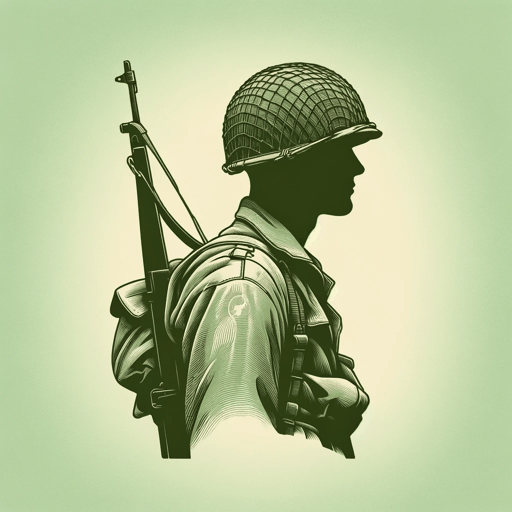62 pages • 2 hours read
Hampton SidesGhost Soldiers: The Epic Account of World War II's Greatest Rescue Mission
Nonfiction | Book | Adult | Published in 2001A modern alternative to SparkNotes and CliffsNotes, SuperSummary offers high-quality Study Guides with detailed chapter summaries and analysis of major themes, characters, and more.
Background
Historical Context: The Palawan Massacre and the Cabanatuan POW Camp Raid
Today, Palawan Island is a popular vacation spot in the Philippines. During World War II, however, the Japanese army controlled the area and used it to house American POWs outside of Puerto Princesa. The Palawan Massacre took place on December 14, 1944. The Allied advances in the Asia-Pacific theater evidently prompted the Japanese troops to kill the POWs en masse. In total, Japanese soldiers killed 139 American POWs housed in Camp 10-A. Eleven of the prisoners managed to survive and escape to safety. As the news of this event made it to the American side, it inspired the successful Cabanatuan POW camp raid on January 30, 1945, along with several other rescue missions, such as the raid on Los Baños on February 23, 1945.
In the broader context of World War II, the Americans retreated from the Philippines in March-April 1942 following President Franklin D. Roosevelt’s order to prioritize the European theater of war. At the height of their imperial expansion, the Japanese controlled, fully or in part, such countries as Korea, China’s Manchuria, Cambodia, Thailand, Vietnam, Myanmar (Burma), and the Philippines. With time, however, General Douglas MacArthur and Admiral Chester Nimitz successfully used the island-hopping method by targeting the poorly-defended Japanese-occupied islands and cutting off Japanese supplies rather than maintaining a continuous front, as would be the case in a land war.
Related Titles
By Hampton Sides



